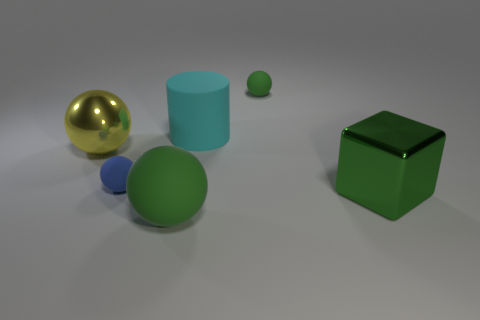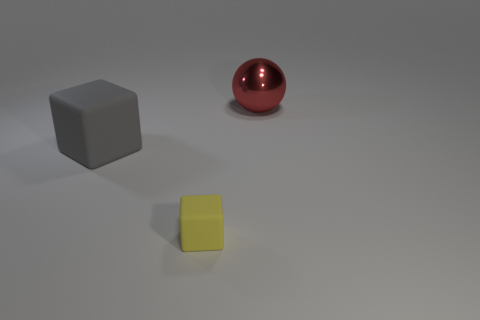This learning mechanism creates new constructions that can combine with existing constructions in order to comprehend the observed utterance. The item-based and lexical constructions that were acquired in the previous interactions allow the agent to understand already parts of novel utterances. This allows the agent to retrieve already parts of the meaning of the observed question. When reconstructing a meaning hypothesis, intention reading makes use of these partial meanings in order to rule out large parts of the search space. Concretely, any meaning hypothesis that does not contain the partial meaning can immediately be ruled out. This is how the interplay between intention reading and pattern finding allows to overcome the intractability of the intention reading process. In what follows, partial meaning provided by lexical constructions (3.1) and by an item-based construction (3.2) is demonstrated.
In the following interaction, partial meaning is provided by lexical constructions. The agent can acquire an item-based construction with an equal number of slots.
In the following interaction, partial meaning is provided by an item-based construction. This learning mechanism can only apply if a single lexical item is missing, otherwise there would be referential uncertainty. In this case, the agent can acquire a single lexical construction. For the purposes of this demonstration, the agent keeps observing the same question until its hypothesis for the lexical construction corresponds to the ground truth.


